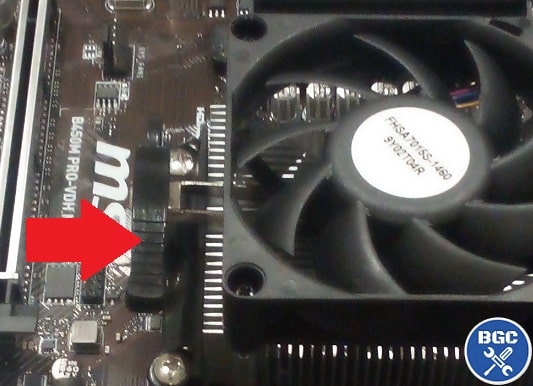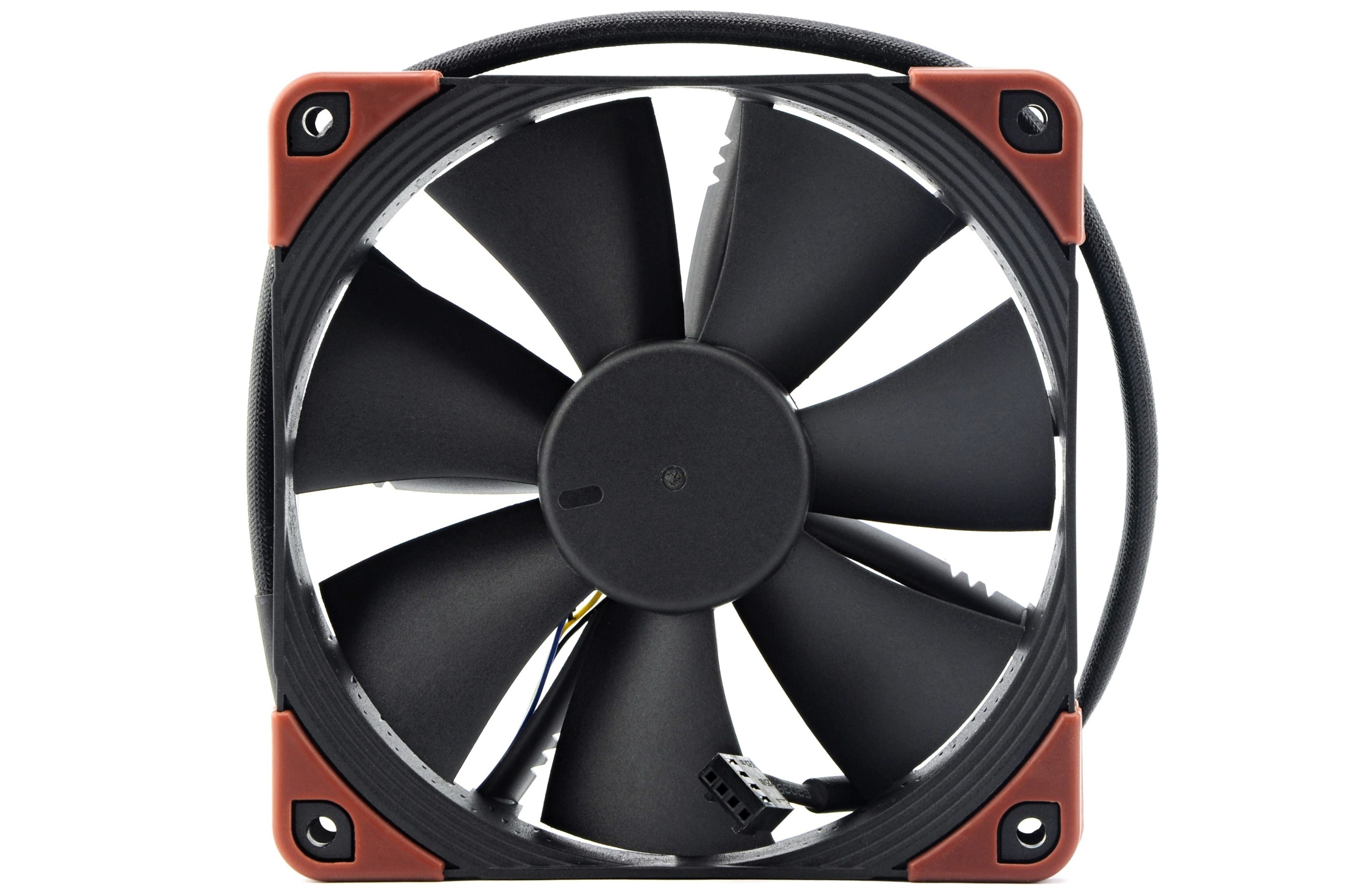A side mounted fan expelling or drawing in air in a direction perpendicular to the motherboard might be useful here but not all cases support that.
Processor heatsink fan direction.
In the screenshot below it was listed as pc health status.
The rear or exhaust side the side that the air comes out of of our fans will always be the side that houses the fan motor.
The heat sink draws heat away from the cpu and the fan sucks the heat away from the heat sink to cool it it shouldn t blow on it that s not as efficient thermally.
Control cpu fan in the bios the easiest way to adjust cpu fan speed is through the bios.
When looking at our fans the front or intake side of the fan will always be the side that has the cooler master logo in the center of the blades.
When possible direct cpu cooler output to the nearest exhaust fan.
This is where the exhaust fan s will take over dragging this warmer air out of the case.
Make sure the front of your cpu fan is facing into the back of the heatsink so it is pushing cooler air between the blades of the hs and out to the rear.
No not all heatsinks need.
Every bios is different so instructions may differ from computer to computer but you need to look for a tab or screen to do with hardware monitoring.
Cpu coolers generally come in two varieties.
It is common sense that a cpu cooler with tower heatsink must be installed with its fan pulling air from the front of the case blowing in direction of the rear of the case.
The first is an air cooler which comes with a big metal heat sink and a fan that pulls air away heat from the cpu.
Ideally you want to place an exhaust fan as close to the cpu as possible to quickly expel this hot air.




























